With the arrival on April 15 and 16 of the two icebreakers ‘Xuelong’ and ‘Xuelong-2’ at the domestic dock, China’s 40th Antarctic scientific expedition successfully completed its mission. Members of the expedition from Wuhan University (WHU), Li Xueping, Zhang Baojun, Geng Tong and Chu Xinde, successfully completed their tasks and returned safely.
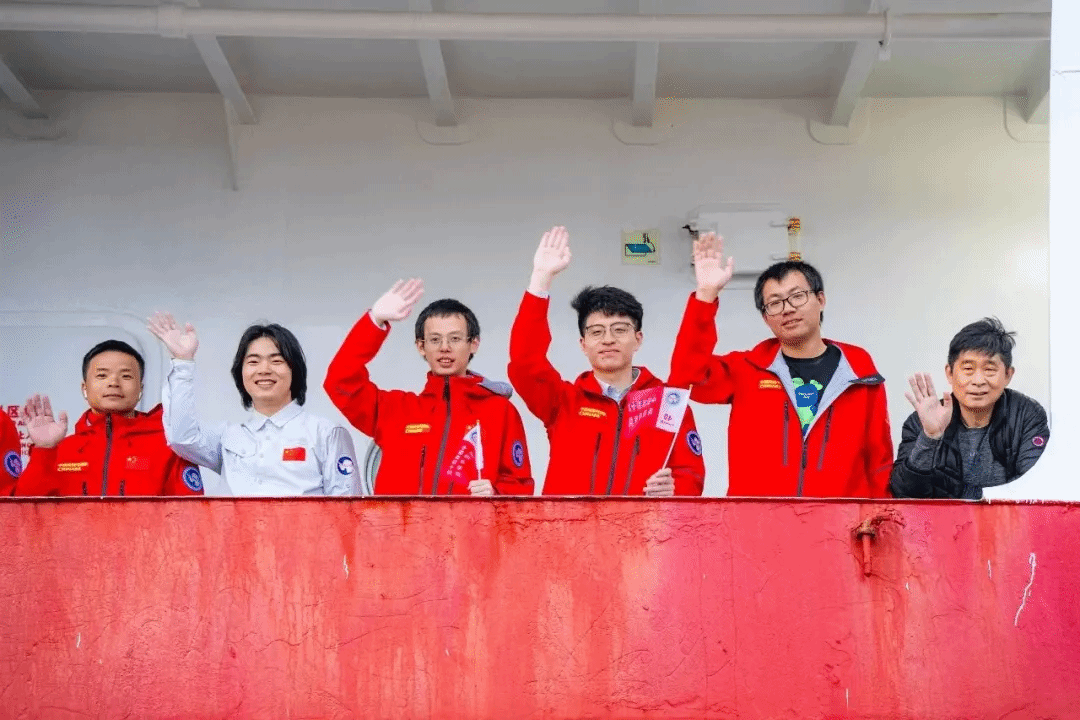
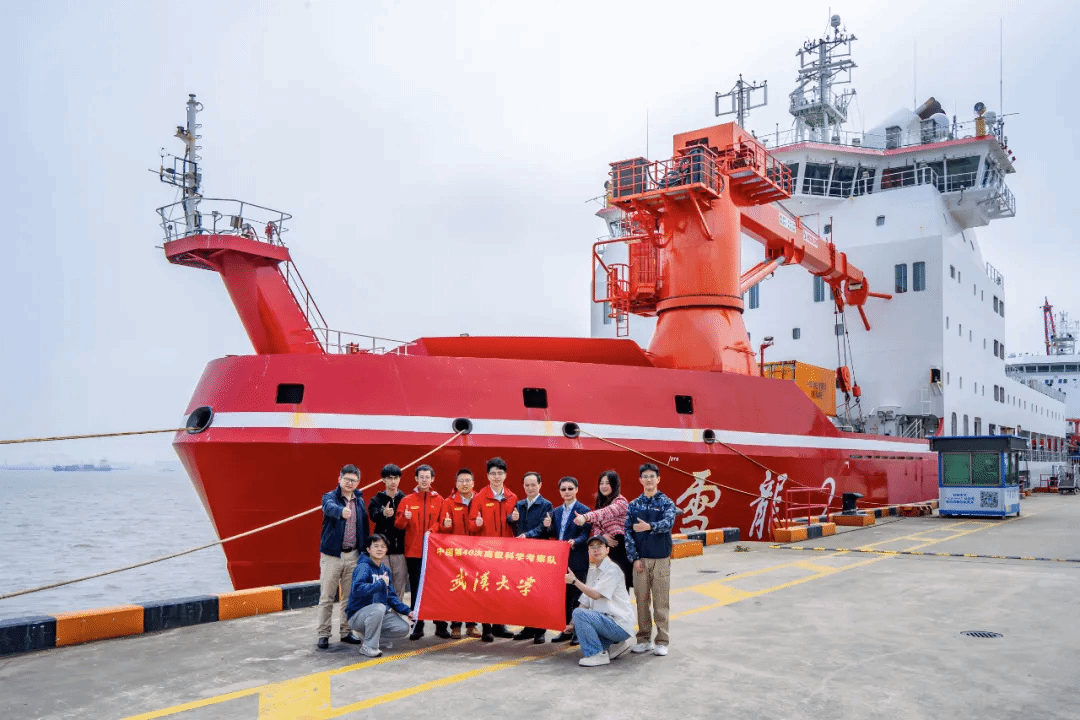
Members of the Chinese Antarctic scientific expedition return safely.
China’s 40th Antarctic scientific expedition was supported by three vessels, the two icebreakers ‘Xuelong’ and ‘Xuelong-2’ and a cargo ship named Tianhui, sailing more than 80 thousand nautical miles in total. Shouldering the expectations of the whole nation, the four members of the Wuhan University team completed a series of tasks, including the monitoring of changes in icebergs and the Antarctic sea level, building the Antarctic GNSS tracking station, topographic mapping of key areas, an aerial survey of the Grove Hill meteorite distribution and research on the implementation of the administrative license management system for Antarctic research stations. They also participated in the establishment of Qinling Station, China’s fifth Antarctic research station.
Professor Li Xueping, majoring in international law at Wuhan University’s School of Law, conducted thematic research on China’s Antarctic Great Wall Station and the research stations of neighboring countries. Combining professional research and work assignments, Li boosted academic exchanges and research with scientific researchers from others countries. On their way to the Antarctic, she delivered lectures on polar law and conveyed a positive spirit to other members, thus completing all her research tasks satisfactorily. “I feel extremely proud of my powerful and responsible country, and I am full of confidence in promoting the building of a community with a shared future for mankind in the Antarctic,” said Professor Li.
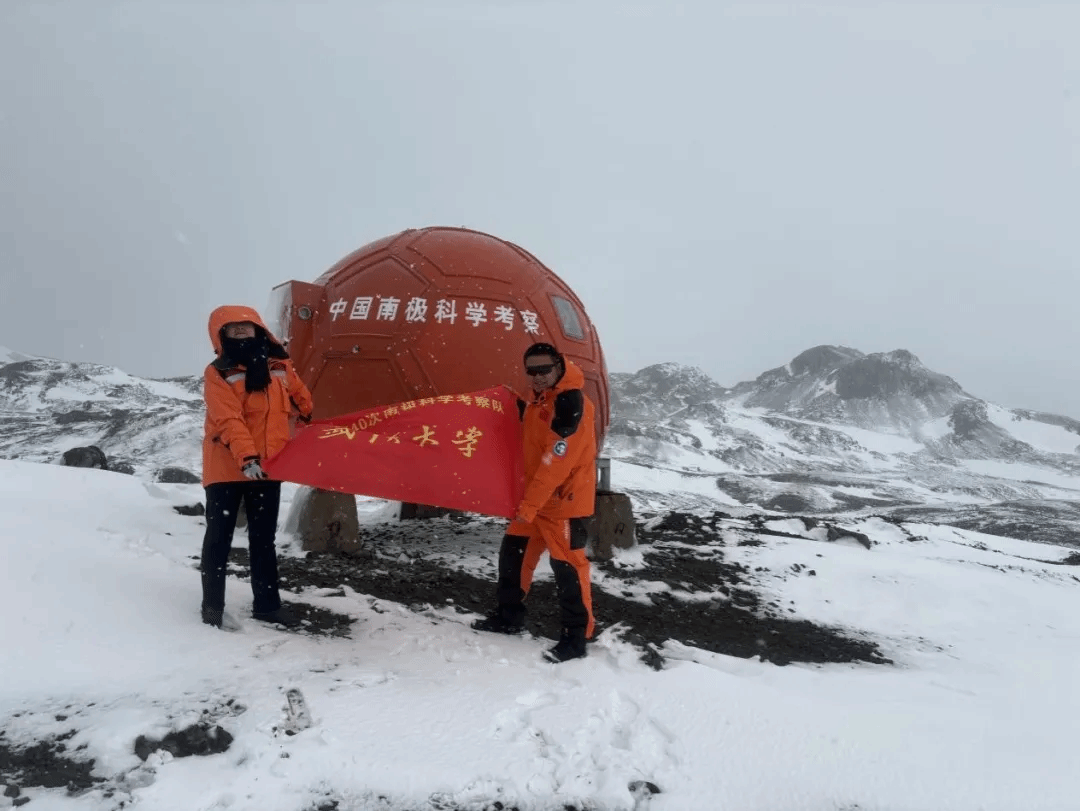
Professor Li conducting research at the Antarctic Great Wall Station
As a member of the Chinese Antarctic Center of Surveying and Mapping, it was the second time that Zhang Baojun participated in a Chinese Antarctic scientific expedition, this time taking part in the establishment of the Antarctic Qinling Station. Sharing his feelings with us, he said: “The expedition team fought against fierce weather conditions and extreme cold, and worked hard to successfully build Qinling Station, which has inspired me greatly. In the future, I will devote myself to our cause of polar exploration and endeavor to strive for better results.”
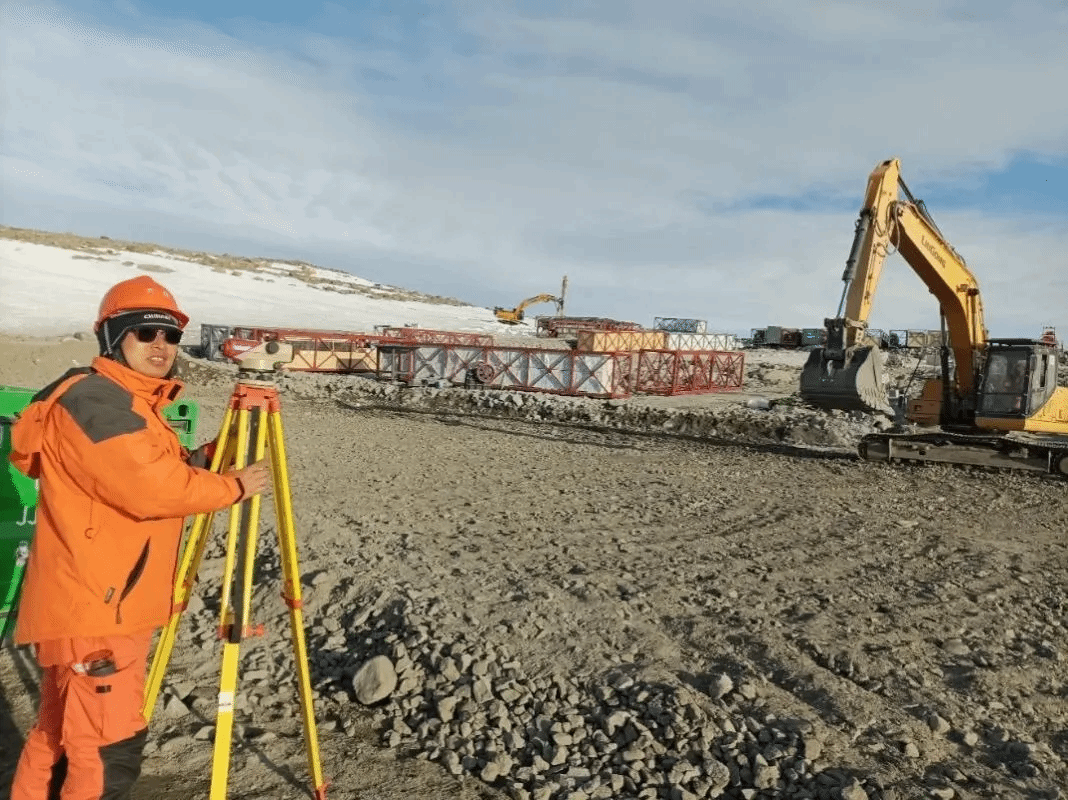
Zhang Baojun constructs a helipad at Qinling Station
Geng Tong, who is also a member of the Chinese Antarctic Center of Surveying and Mapping, recalled this significant expedition, saying that “during this Antarctic expedition, I not only honed myself in the great cause of our motherland, but also gained a better understanding of the noble spirit of our predecessors, who had the greatness of the country in mind, and the bravery to fight against the extreme cold without fear of danger and obstacles. In the future, I will continue to move forward with a sense of responsibility and mission, actively participate in polar scientific research, promote the practice of science popularization of global environmental change, and climb the peak of scientific research.”
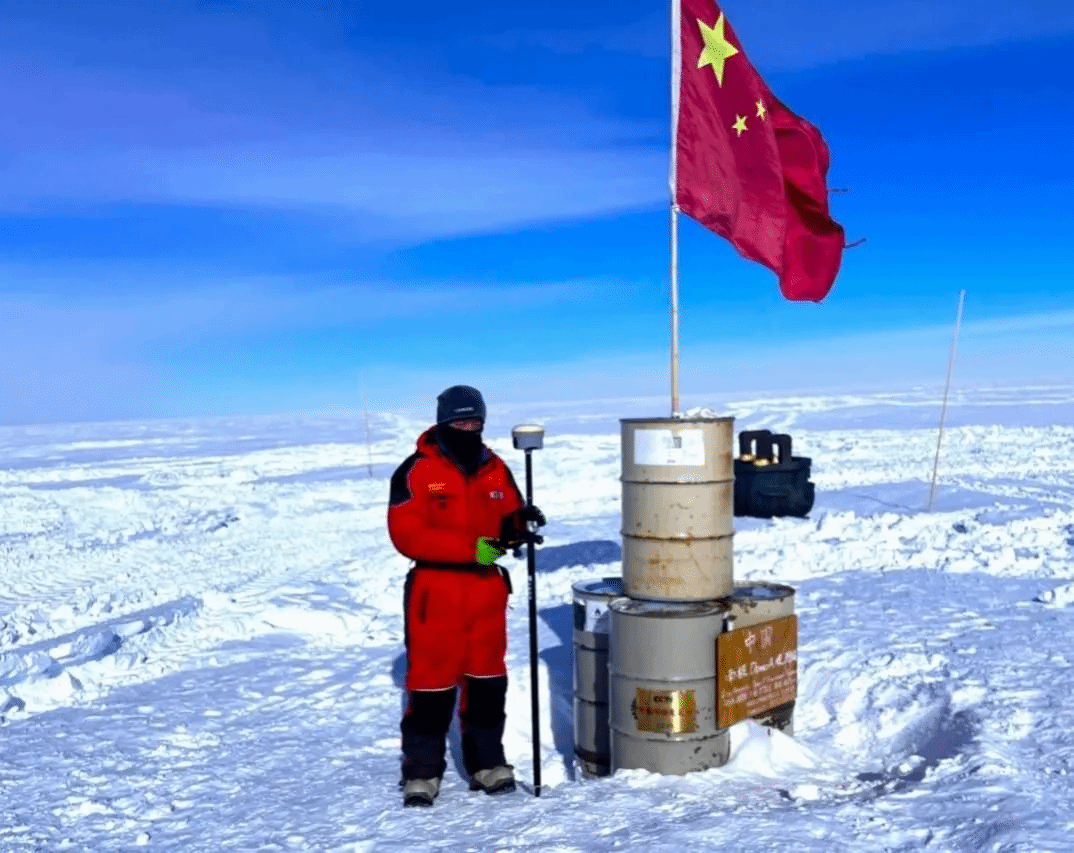
Geng carries out topographic mapping at Dome-A
During the scientific expedition, Chu Xinde successfully completed the aerial surveying tasks of Mason Peak, Mount Harding and other major areas of Grove Hill. At the same time, Chu collected visible light and LiDAR data on blue ice, bare rock, snow, ice crevasses and other surface features. Chu Xinde told us that he would dedicate himself to scientific research and try his best to help develop the cause of polar exploration.
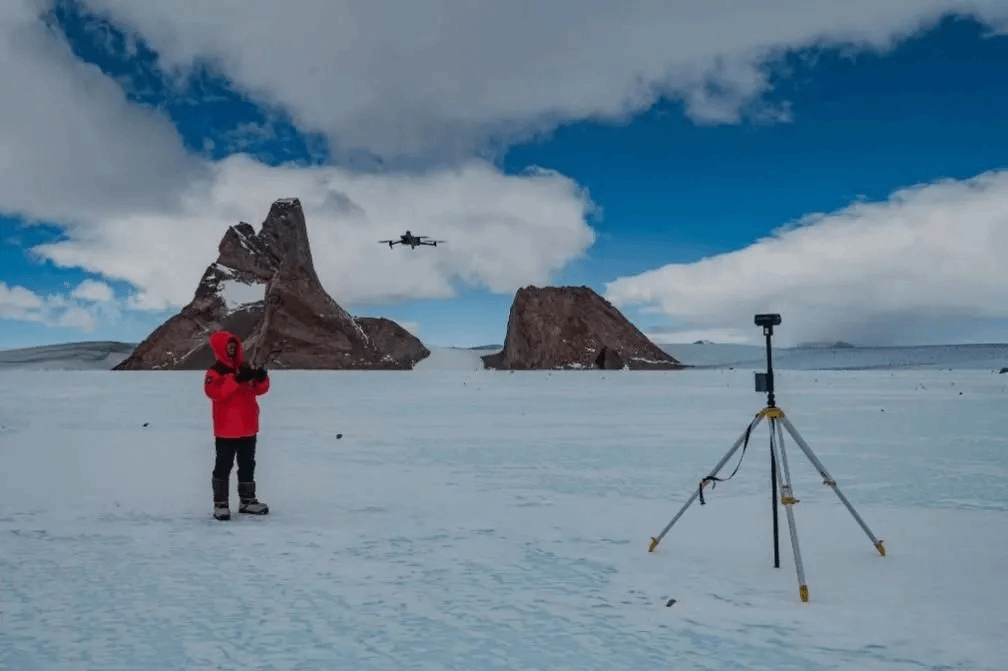
Chu conducts aerial surveying tasks at Mason Peak
Since China's first Antarctic expedition in 1984, Wuhan University has consistently participated in the expeditions. Over these past 40 years, the university has successfully established China's East-West Antarctic mapping benchmark, mapped the Antarctic covering over 200,000 square kilometers, and constructed a set of information-based polar mapping technology systems suitable for China's national conditions. With the support of the national polar authorities, Wuhan University has sent nearly 200 people to participate in China's polar scientific expeditions, thus playing a role in the construction in the Antarctic of China's Great Wall Station, Zhongshan Station, Kunlun Station, Taishan Station, Qinling Station and Yellow River Station.
Braving extreme weather and potential dangers, generations of Wuhan University scholars have explored polar regions, carried out research and translated it into action. We are determined to devote a period of youth under Luojia Mountain to the lifetime struggle of building a strong country.
Rewritten by Gao Fei, Edited by Zhou Yue


